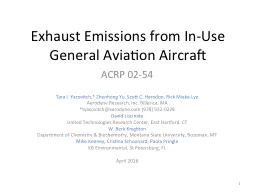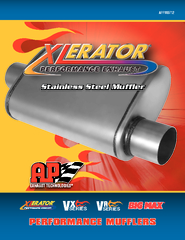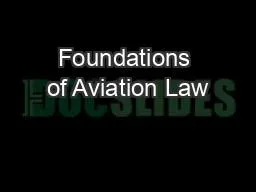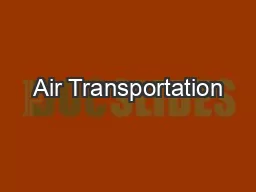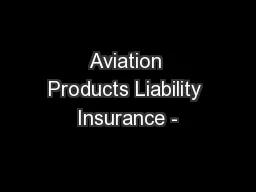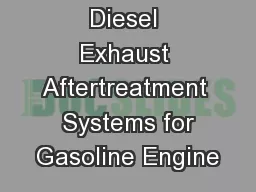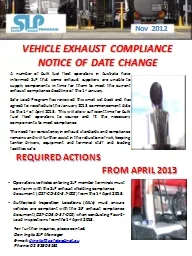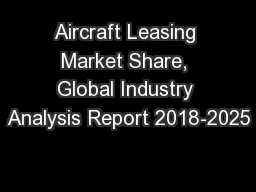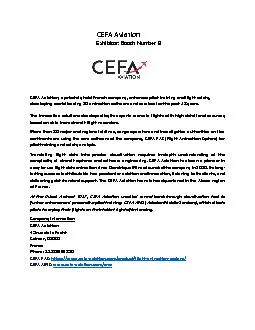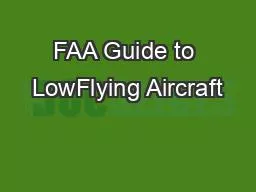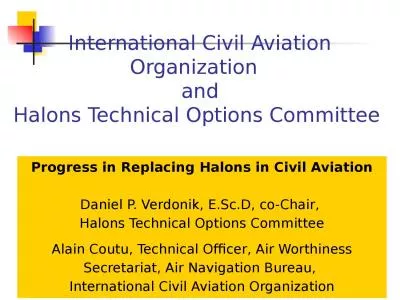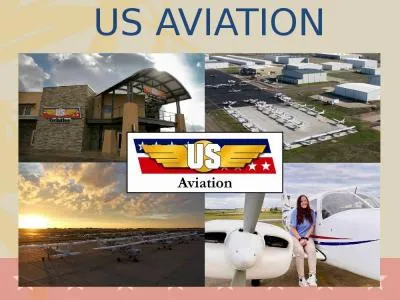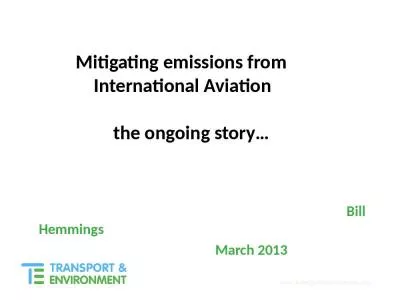PPT-Exhaust Emissions from In-Use General Aviation Aircraft
Author : test | Published Date : 2017-04-14
ACRP 0254 Tara I Yacovitch Zhenhong Yu Scott C Herndon Rick Miake Lye Aerodyne Research Inc Billerica MA tyacovitchaerodynecom 978 932 0228 David Liscinsky
Presentation Embed Code
Download Presentation
Download Presentation The PPT/PDF document "Exhaust Emissions from In-Use General Av..." is the property of its rightful owner. Permission is granted to download and print the materials on this website for personal, non-commercial use only, and to display it on your personal computer provided you do not modify the materials and that you retain all copyright notices contained in the materials. By downloading content from our website, you accept the terms of this agreement.
Exhaust Emissions from In-Use General Aviation Aircraft: Transcript
Download Rules Of Document
"Exhaust Emissions from In-Use General Aviation Aircraft"The content belongs to its owner. You may download and print it for personal use, without modification, and keep all copyright notices. By downloading, you agree to these terms.
Related Documents

